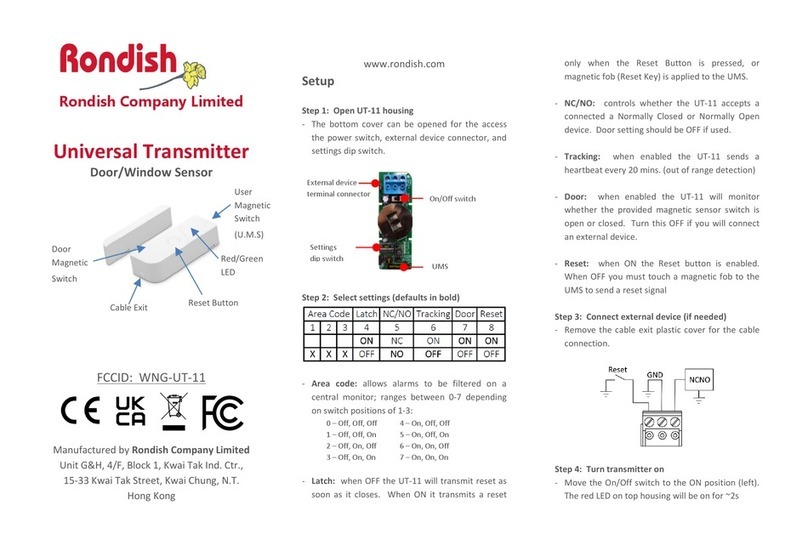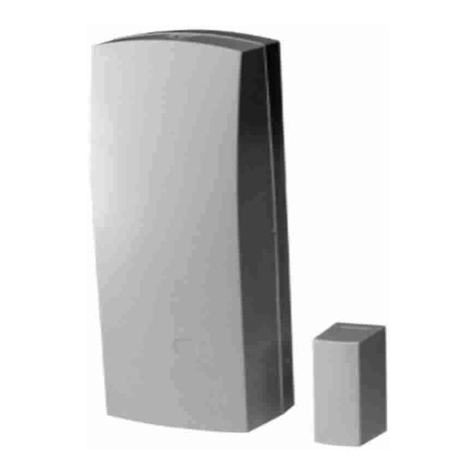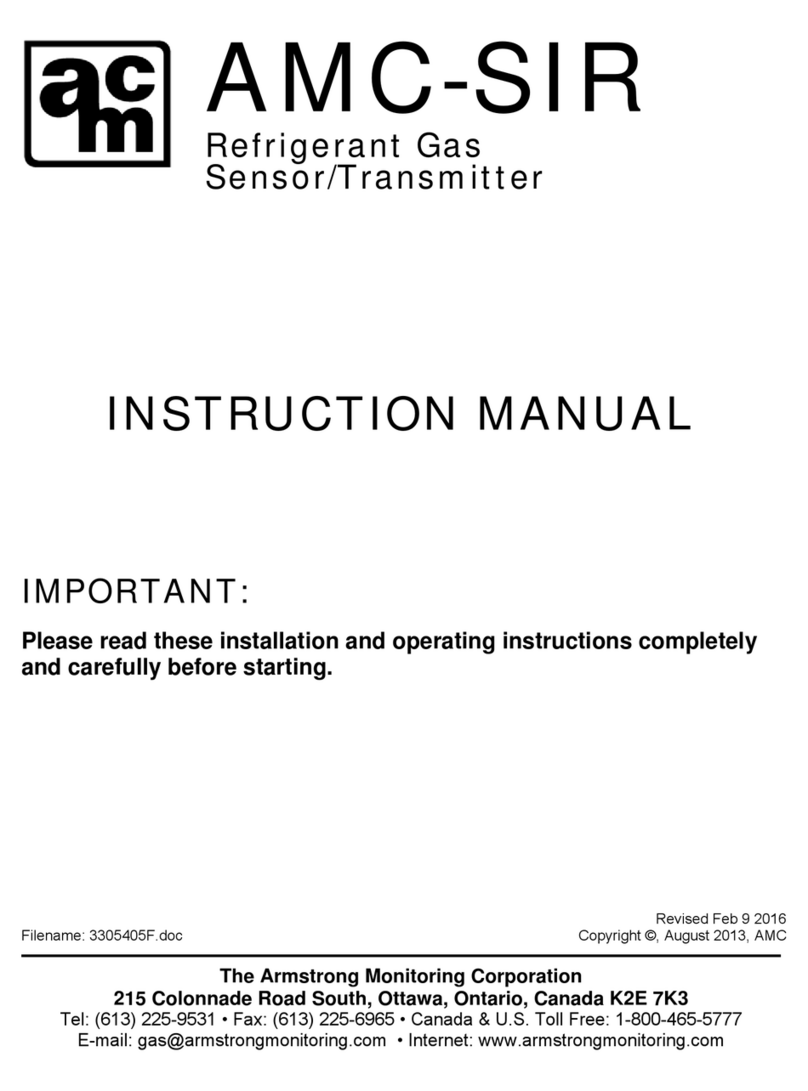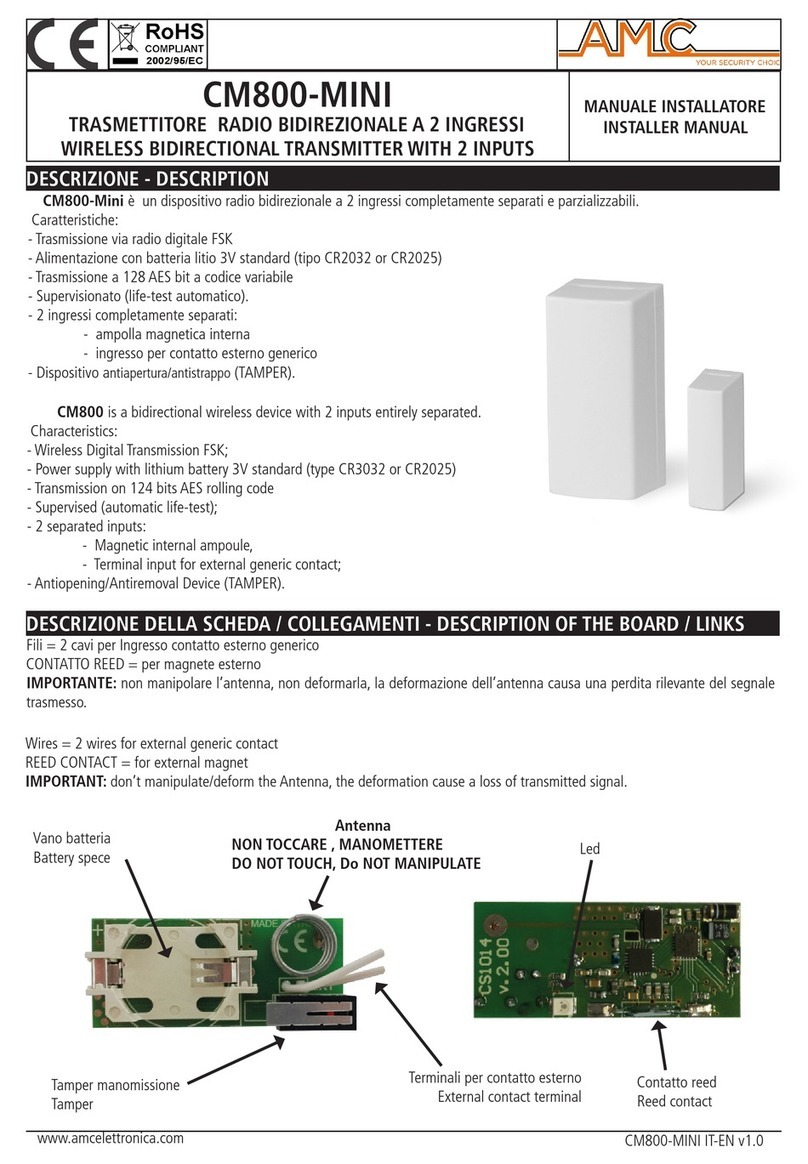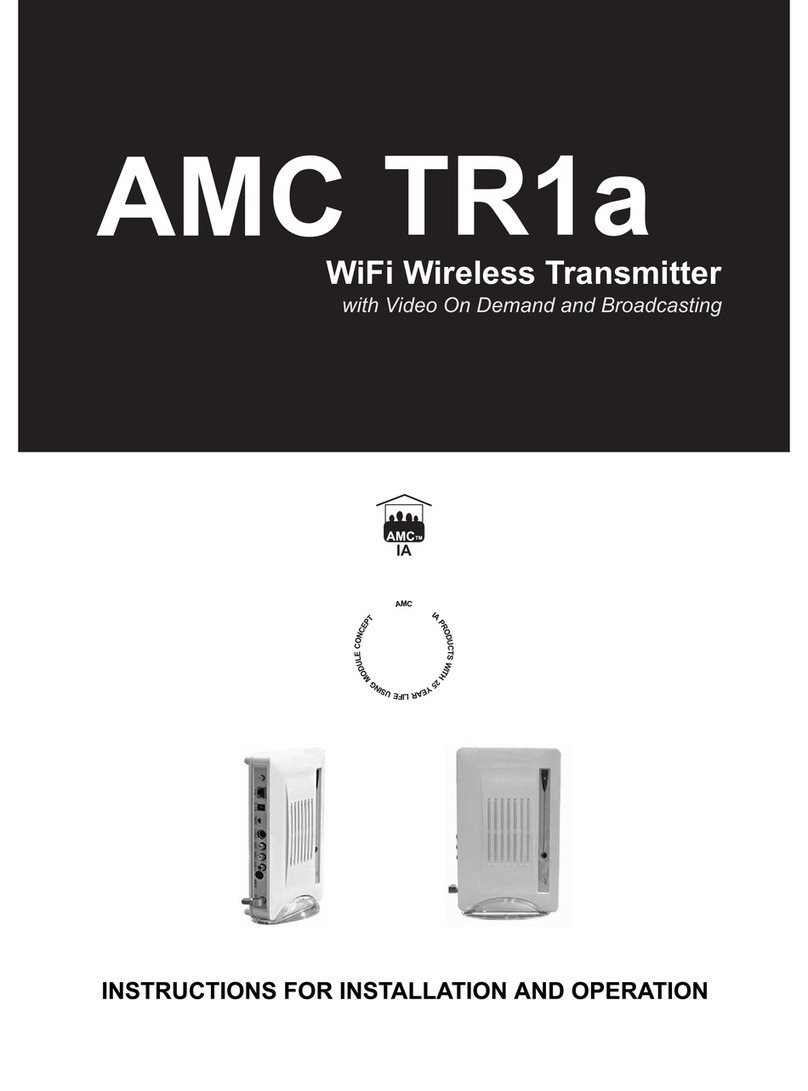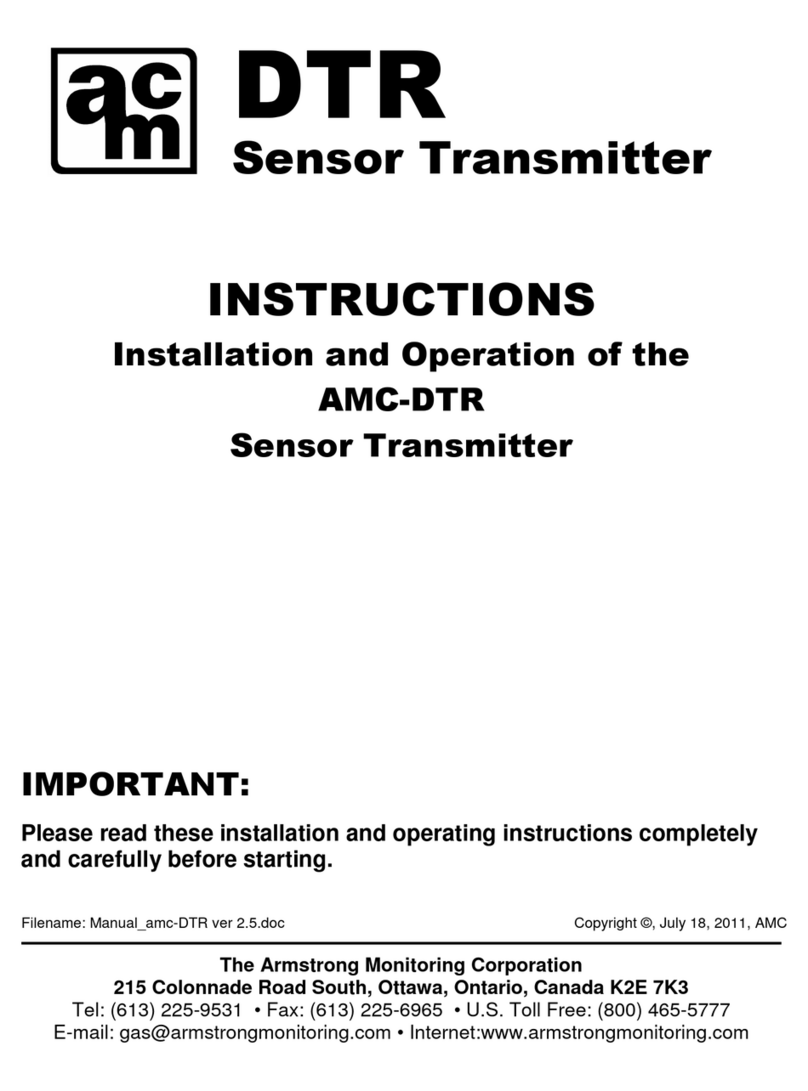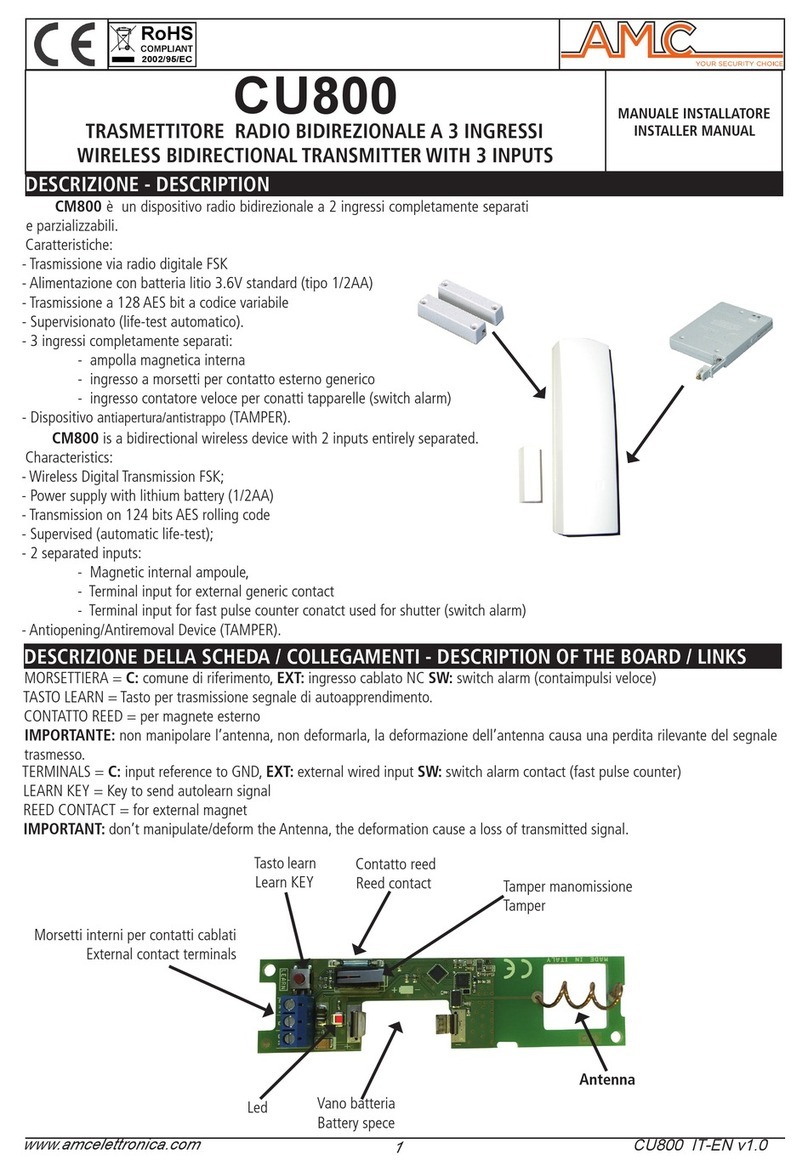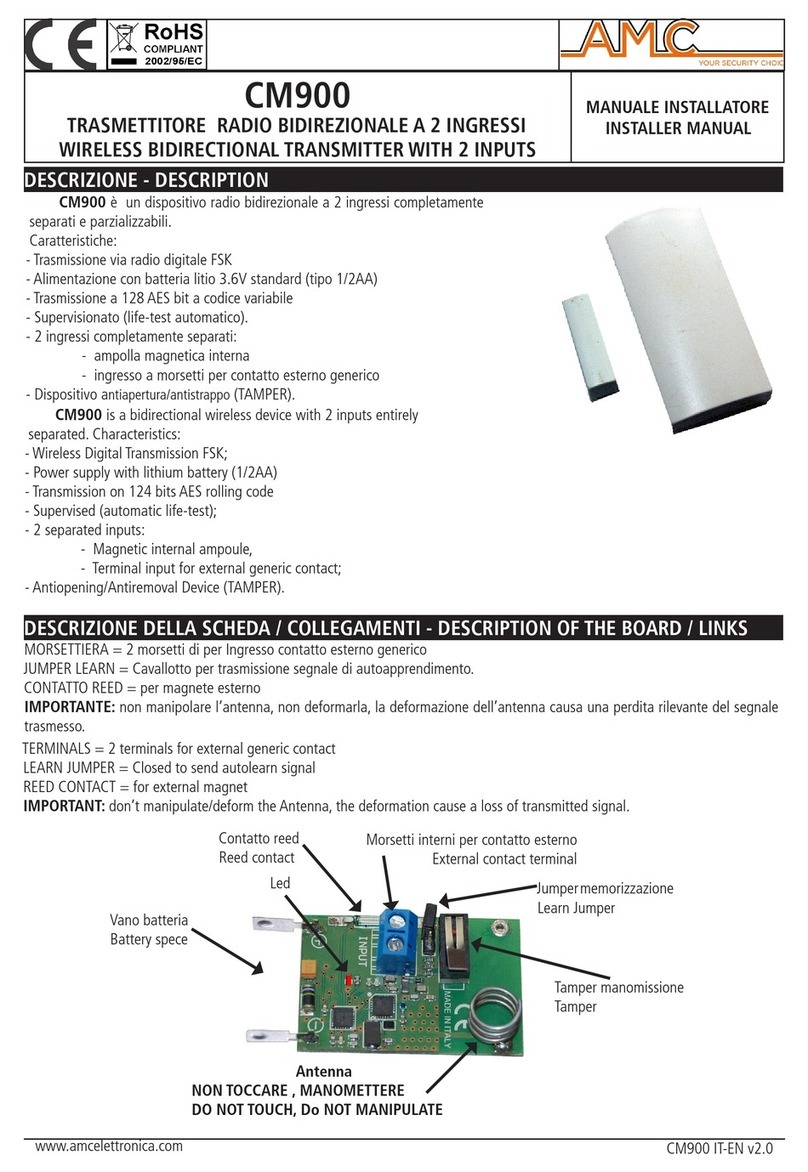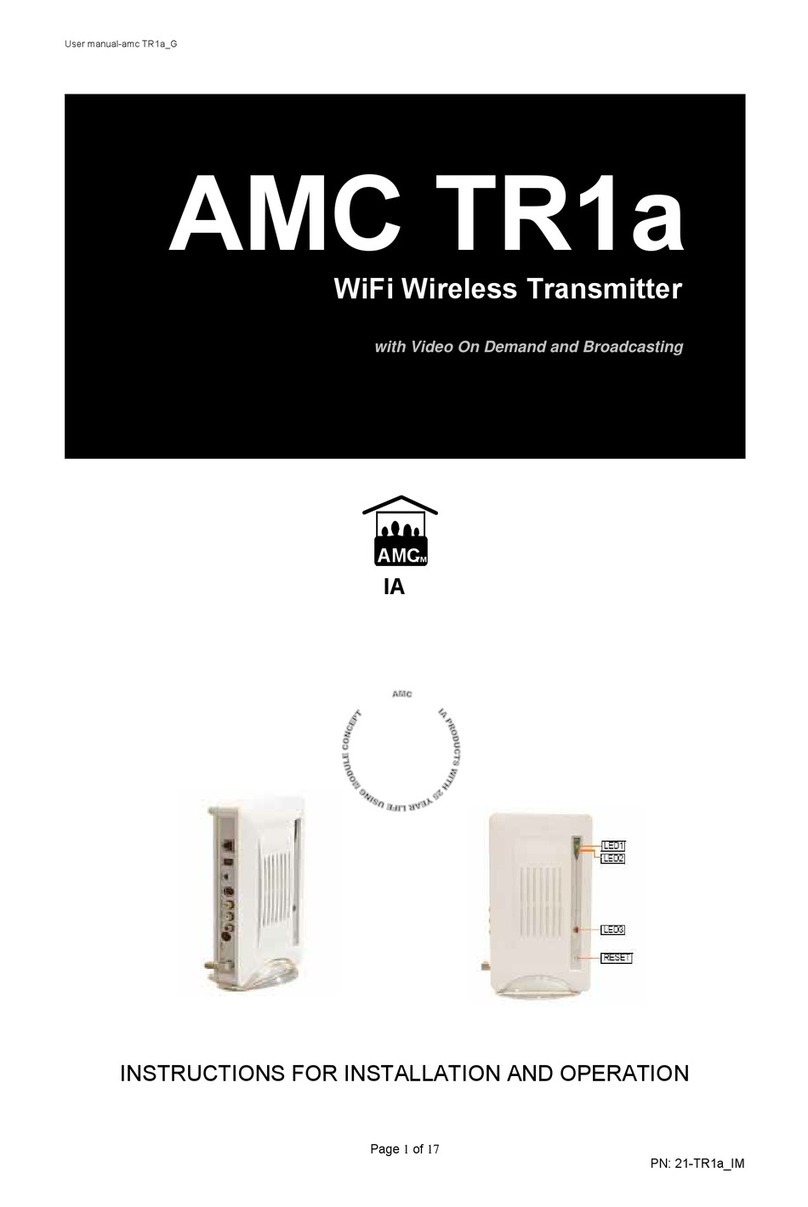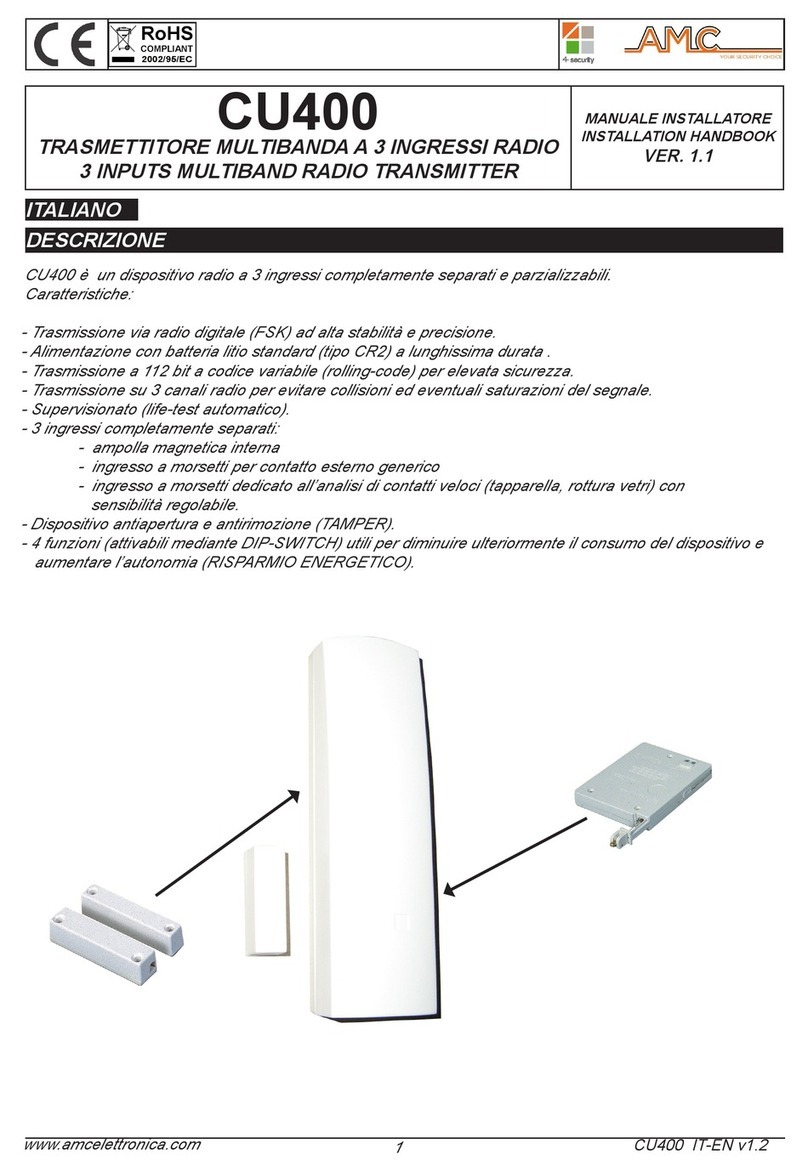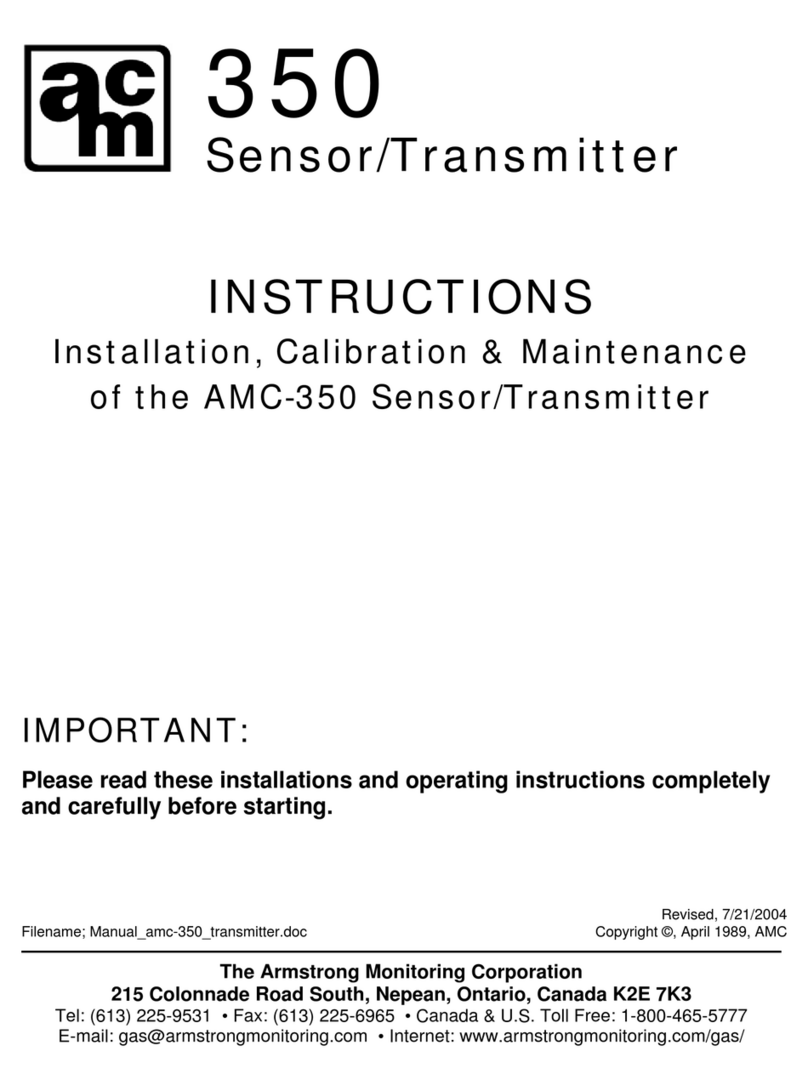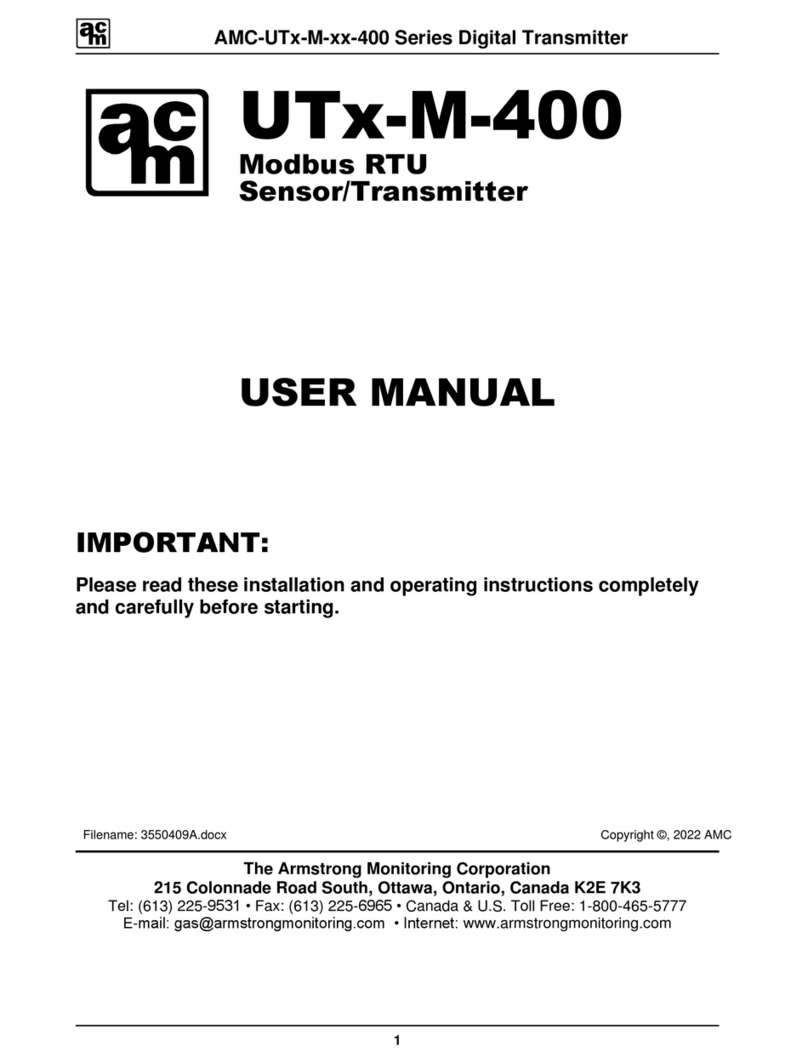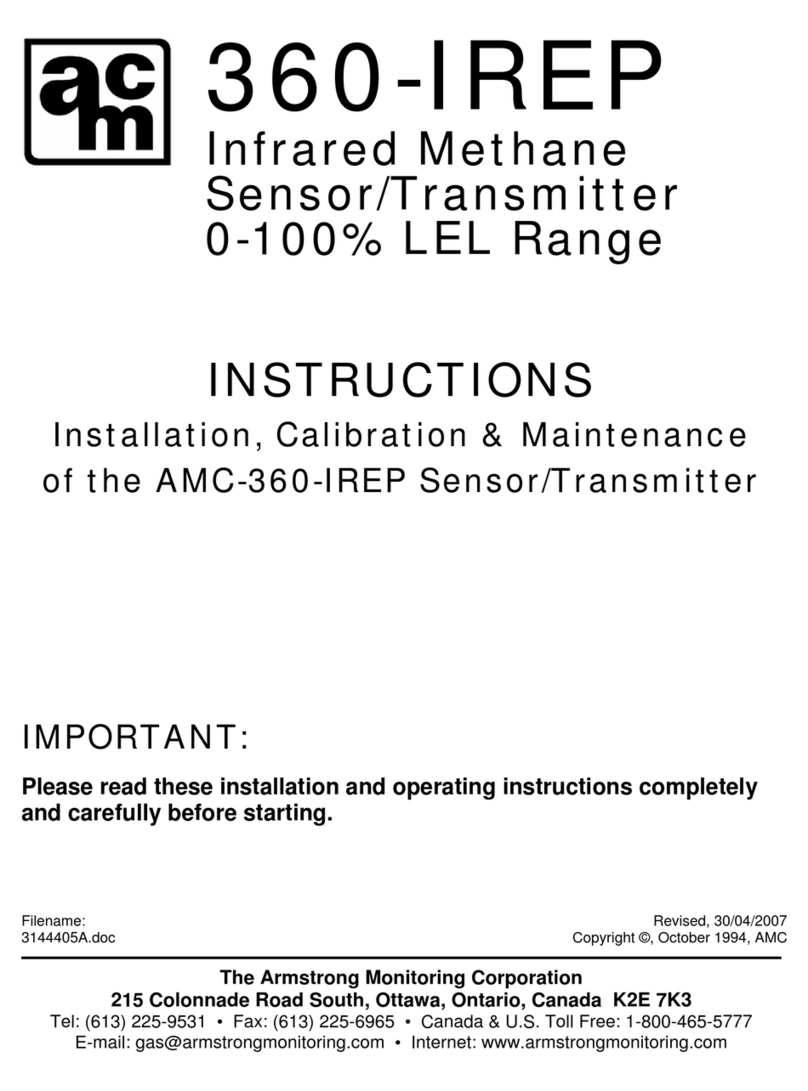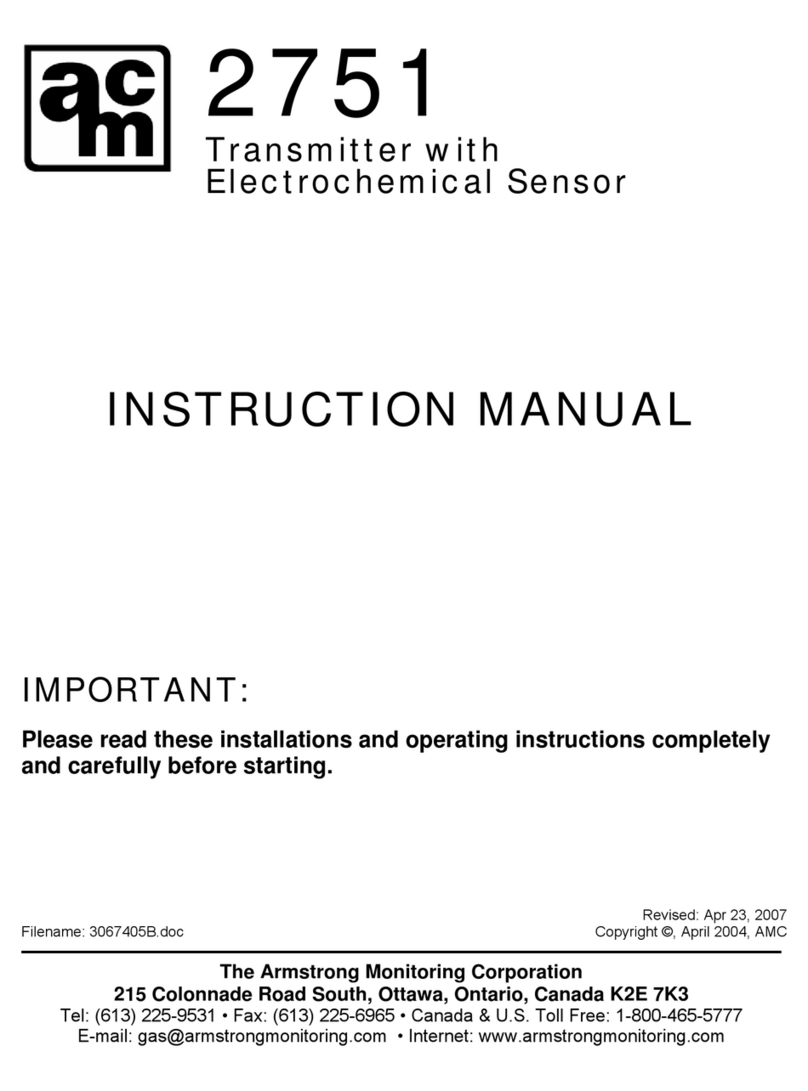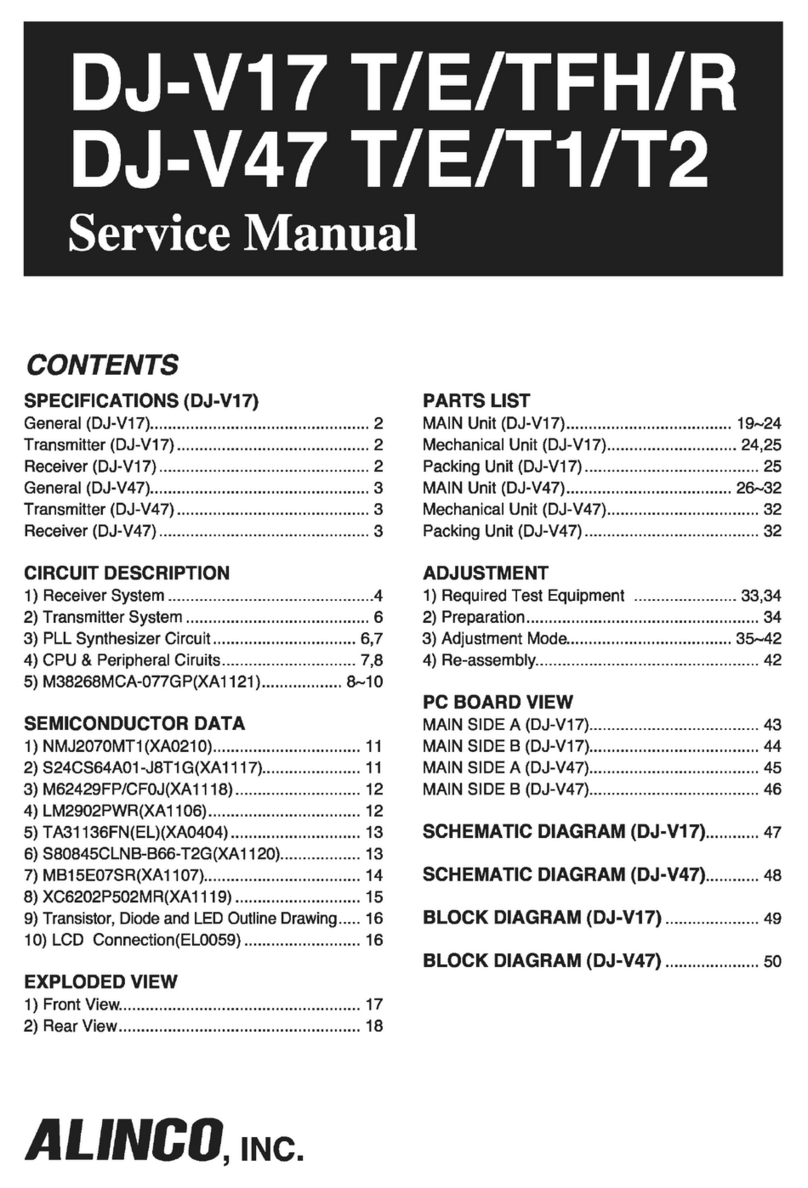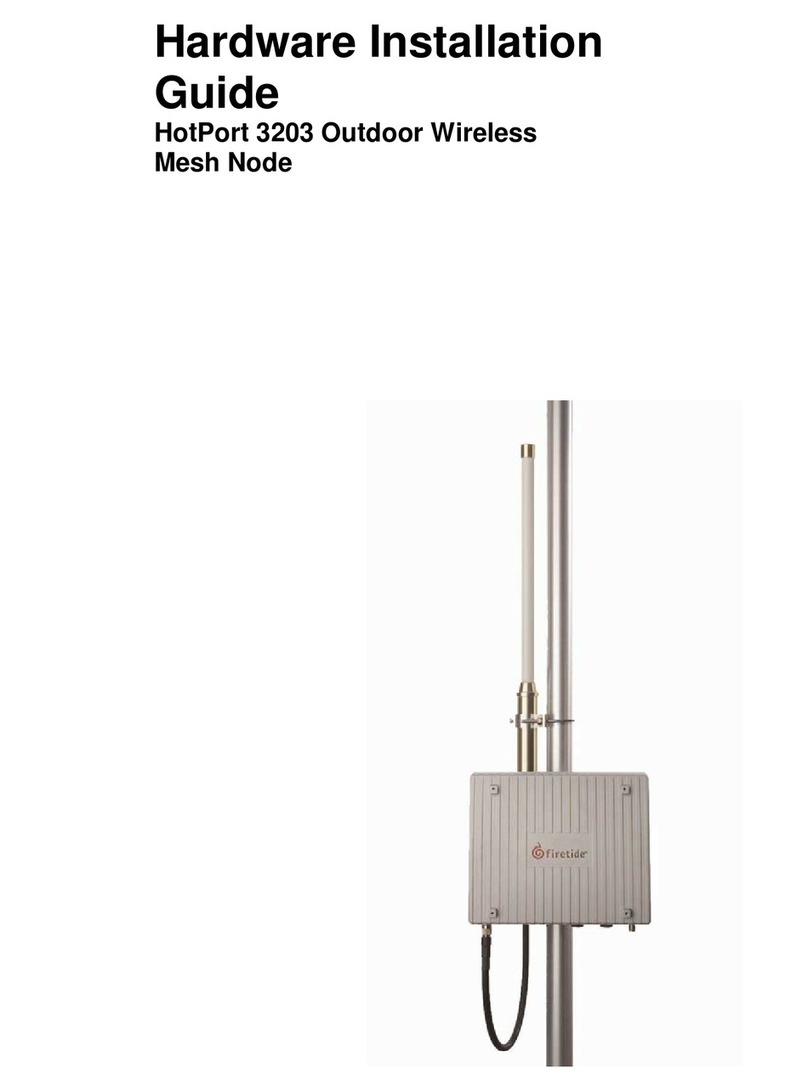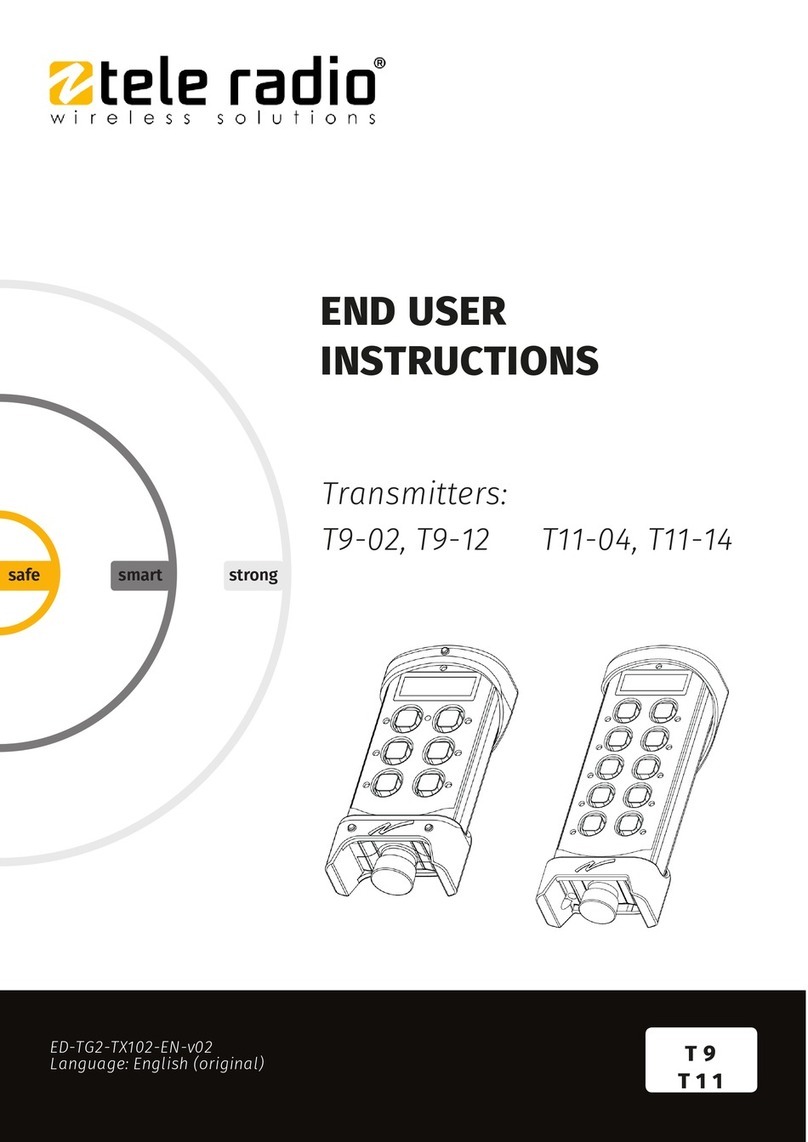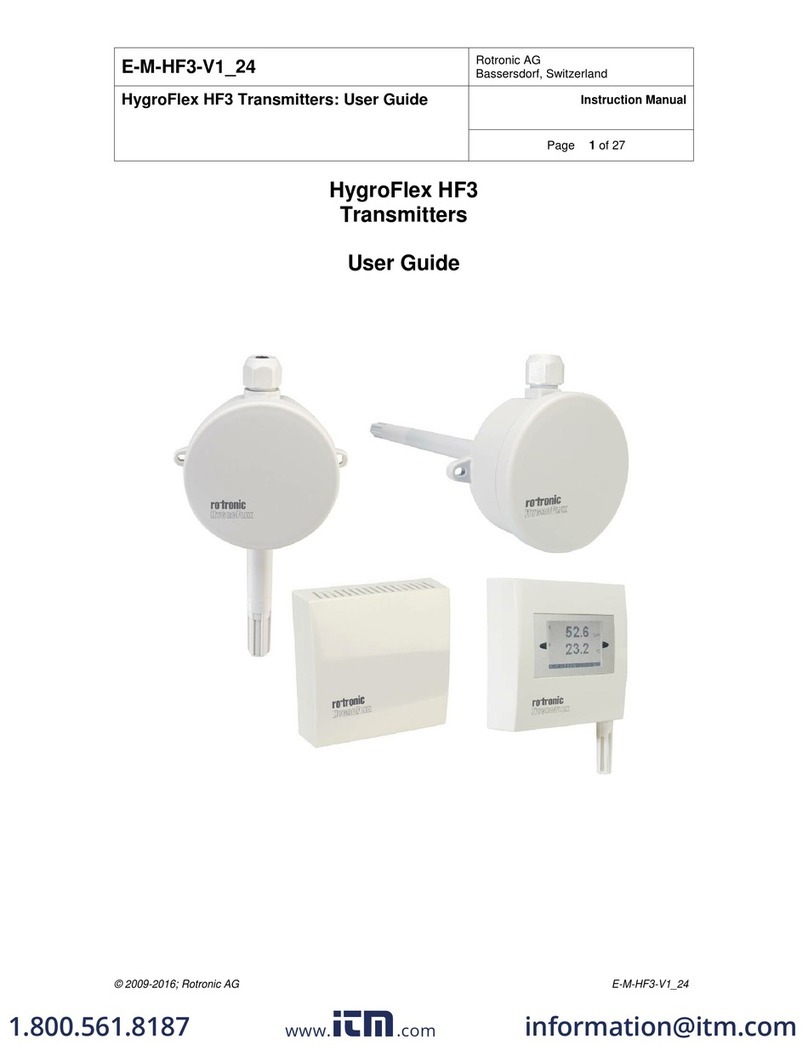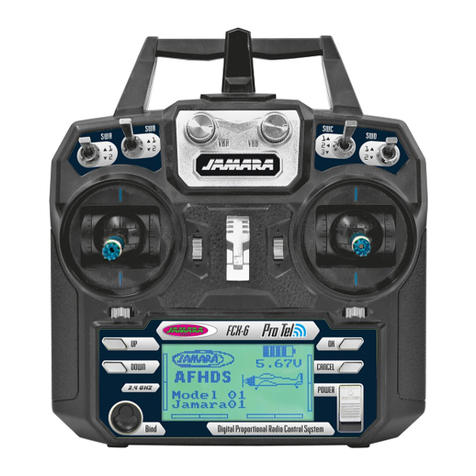
AMC-210 Transmitter with external electrochemical sensor
1
TABLE OF CONTENTS
Section Title Page
1WARRANTY.............................................................................................................3
1.1 LIABILITY...........................................................................................................3
1.2 PRODUCT RETURN .........................................................................................3
1.3 MODIFICATIONS AND SUBSTITUTIONS.........................................................3
2PRODUCT INFORMATION......................................................................................4
2.1 SENSOR/TRANSMITTER..................................................................................4
2.2 FACTORY CALIBRATION.................................................................................4
3PRODUCT DESCRIPTION ......................................................................................5
3.1 GENERAL DESCRIPTION.................................................................................5
3.1.1 SENSOR / TRANSMITTER SPECIFICATIONS......................................................5
3.2 HOUSING OPTIONS.........................................................................................6
4INSTALLATION .......................................................................................................7
4.1 LOCATION AND MOUNTING............................................................................7
4.2 CABLE SELECTION AND WIRING...................................................................8
4.2.1 TRANSMITTER TO MONITOR WIRING...............................................................10
4.2.2 INTERFACING TO COMPUTER, DATALOGGER, OR NON-AMC MONITOR....11
5OPERATION AND CALIBRATION........................................................................12
5.1 OPERATION....................................................................................................12
5.2 CALIBRATION.................................................................................................12
5.2.1 EQUIPMENT REQUIRED.....................................................................................13
5.2.2 TRANSMITTER CALIBRATION/VERIFICATION SET-UP PROCEDURE............13
5.2.3 RECALIBRATION .................................................................................................14
6PREVENTIVE MAINTENANCE..............................................................................15
6.1 GENERAL........................................................................................................15
6.2 VERIFICATION OF OPERATION....................................................................15
6.3 SENSOR REPLACEMENT..............................................................................15
7ADDENDUM (FOR OXYGEN ONLY).....................................................................17





